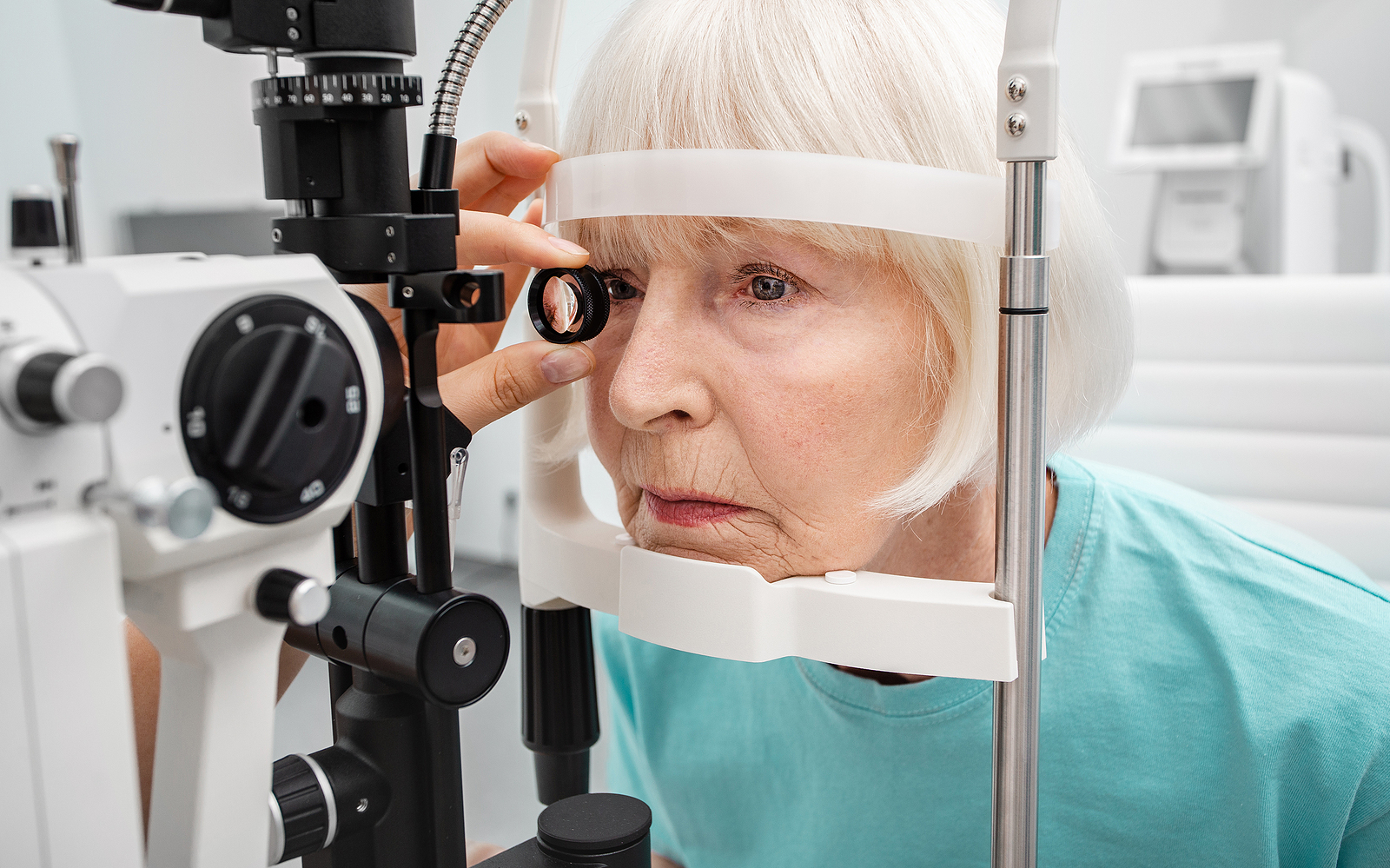What’s the Difference Between Medical and Routine Eye Care?
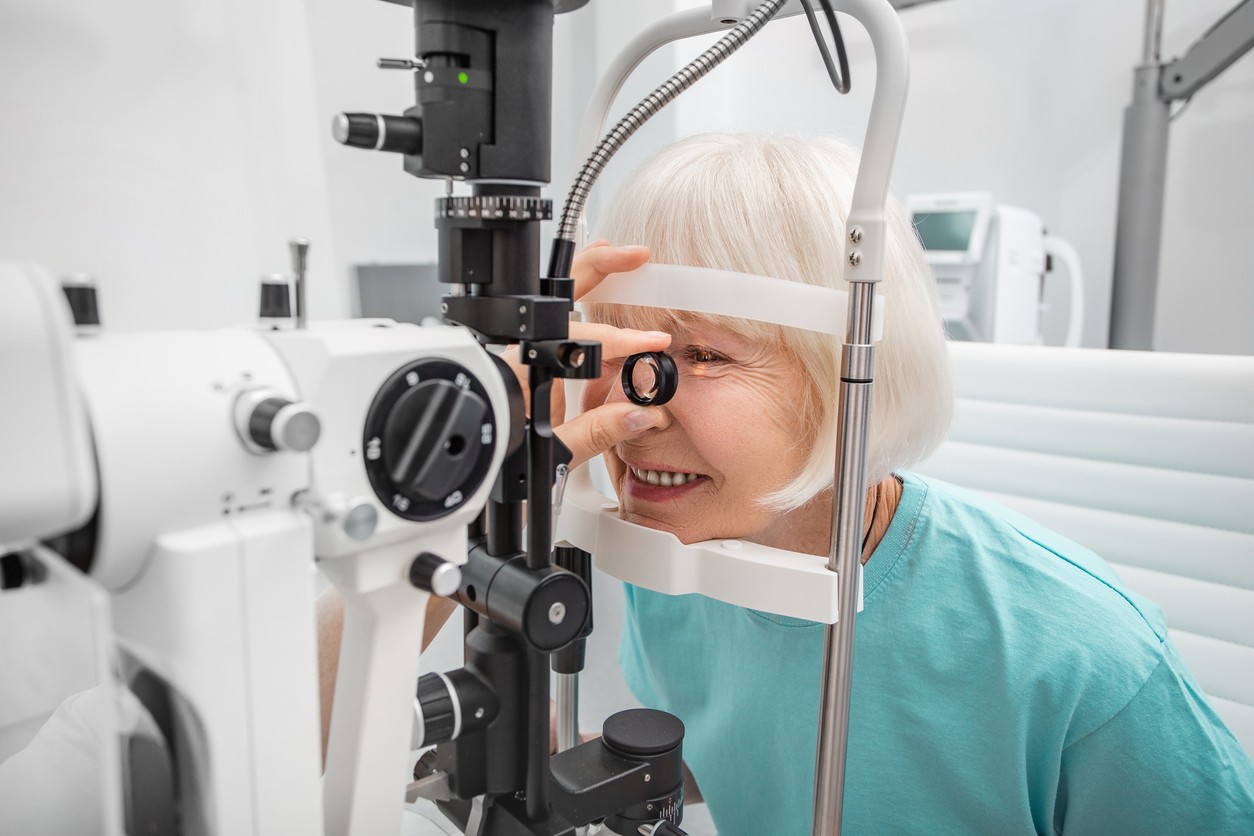
As of 2020, the CDC reports that an estimated 11 million Americans age 12 and older need some form of intervention for vision correction. According to the National Institute for Occupational Safety and Health (NIOSH), 2000 workers in the United States have to seek medical treatment due to eye injuries at work. Over 93 million people in the U.S. are considered at high risk for vision loss but only half of those seek regular yearly exams.
Each of these statistics emphasizes the need for medical and routine eye care. While both types of exams and care are done by an optometrist or ophthalmologist, medical and routine eye exams are performed for different reasons and will be treated differently by medical and vision insurance. The team of experienced eye doctors at Swagel Wootton Eye Institute explain the difference between the two types of exams.
Regular eye exams are necessary to test for overall eye health and are recommended as a yearly checkup. They are important for detecting problems early and providing interventions to assist or correct those problems.
Medical eye care includes exams that will provide a diagnosis of eye illness or disease. During these exams, ophthalmologists screen for medical conditions, such as cataracts or diabetic retinopathy. They are necessary when you have an eye health issue or to prove you don’t. These exams lead to the diagnosis, treatment and follow up of any adverse conditions found.
The reason for a medical or routine vision exam determines how your insurance company will provide coverage.
What is Medical Eye Care?
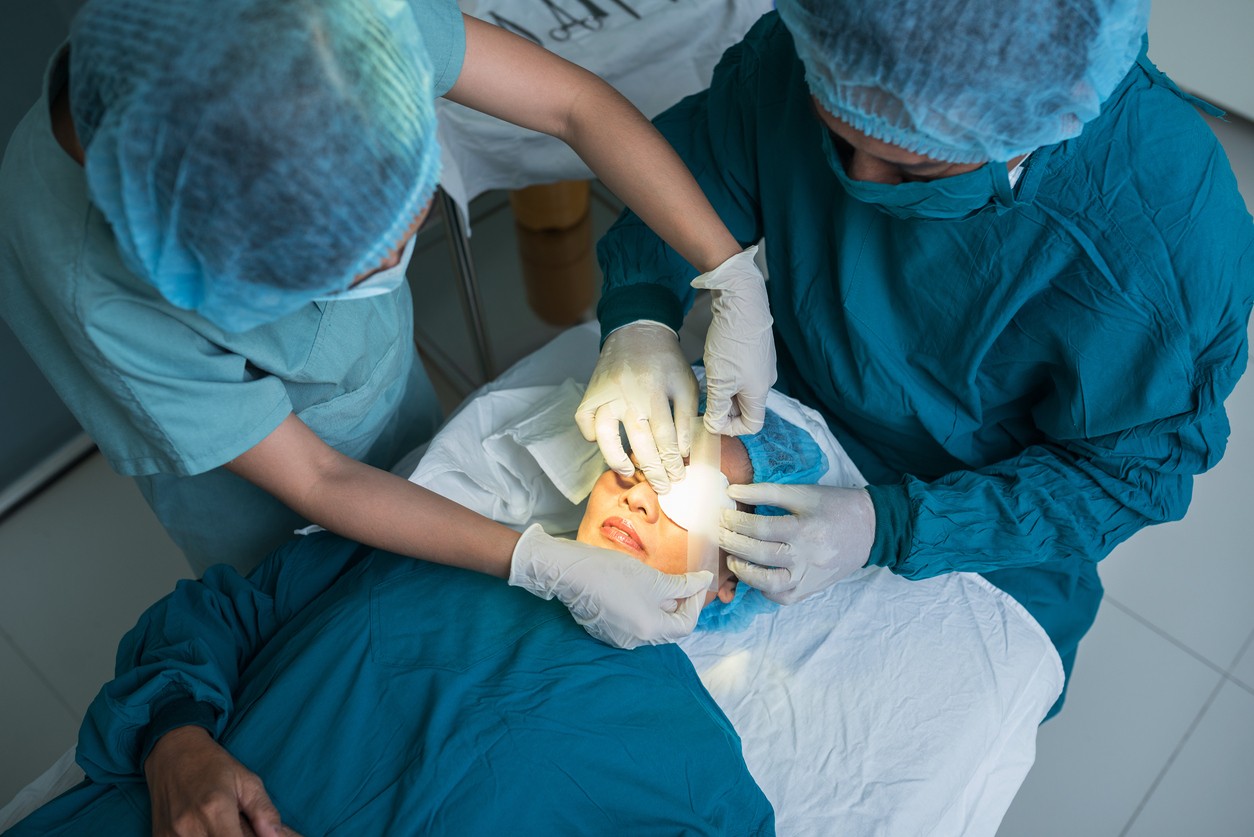
Medical eye care includes exams and treatments when there is a problem present. When a person experiences discoloration, swelling, blurred vision, foreign objects, or injury, medical eye care is necessary. Any of these situations, left untreated, can manifest in a more serious condition.
What Does Medical Eye Care Treat?
- Cataracts – When the eye’s crystalline lens becomes cloudy or opaque, you have developed cataracts. Cataracts can cause vision problems that can lead to blindness. Cataracts appear due to aging or an injury causing a breakdown of the fibers and protein of the lens which makes vision hazy and cloudy.
- Pterygium – This condition is caused by exposure to ultraviolet rays. UVA rays damage the conjunctiva and cause a pterygium, a thin layer of fibrovascular material that grows on the side of the eye closest to the nose. This causes irritation, feeling as if something is in the eye, and make cause distorted vision.
- Dry Eye – Dry eye is a common condition that develops when the glands in the eyes do not tear enough to keep the eye moist. This creates an uncomfortable sensation as well as vision problems.
- Color Blindness – Color blindness, or color deficiency, is a condition in which you cannot see colors in the normal way. When you have damaged eye cones, you cannot detect red, blue and green hues clearly. In the most severe cases, you can only see shades of gray.
- Uveitis – When the middle layer of the eye becomes red and inflamed, the diagnosis is uveitis. This condition occurs after you experience damage to the uvea, which supplies the eye with nourishment from a system of blood vessels. This condition causes redness, light sensitivity and blurry vision and must be treated to prevent damage.
- Keratoconus – This condition occurs when the cornea, responsible for focusing light, becomes thin and misshapen. It distorts light, making reading and driving difficult. It can be caused by allergies, conditions such as Marfan Syndrome or excessive eye rubbing.
- Glaucoma – Glaucoma occurs when the aqueous humor, or liquid needed in the eye to maintain pressure, fails to flow properly, and causes pressure in the eye which can damage the optic nerve. This is the leading cause of blindness in people over the age of 60.
- Diabetic Eye Care – Approximately 40%-45% of people diagnosed with diabetes develop some level of diabetic retinopathy. You may have it without knowing about it due to a lack of symptoms in the early stages. Diabetic eye care can diagnose and prevent eye problems by helping the patient regulate their blood sugar with diet and/or medication.
- Diabetic Retinopathy – Diabetic retinopathy, the leading cause of blindness for people 20-74, is caused by diabetes. The high sugar levels can harm blood vessels in the eye, causing vision loss.
- Age-Related Macular Degeneration – When the macula of the retina is damaged, macular degeneration occurs. This causes a person to lose sight in the middle of the eye, but the peripheral vision stays intact. People who are overweight, have a diet of high-fat food, smoke, have high blood pressure, or have a family history of AMD are most likely to develop the disease.
- Amblyopia – Amblyopia, or lazy eye, is a condition in which the vision is different in each eye. This is diagnosed with a regular eye exam and can be corrected with glasses, eye drops, or an eye patch.
- Strabismus – When the eyes are not aligned, they may point in different directions. Strabismus, differing alignment of the eyes, is the leading cause of Amblyopia and causes vision problems because both eyes need to focus on the same object for proper vision to occur. This condition is treated with eye surgery, Botox, eye exercises, vision therapy, and prism glasses.
- Blepharitis – This condition is common among people who have dandruff, rosacea, or oily skin. The eyelid becomes swollen, red, and crusty at the base of the eyelashes. There is no cure, but the condition can be treated with at-home remedies as well as eye drops and antibiotics.
- Blepharospasm – Considered an abnormal condition, Blepharospasm is when the eyelid contracts causing a spasm. This can be mild at first and can range to causing vision problems due to not being able to hold the eye open. This condition can be treated with Botox.
- Floaters – A floater appears as a dot, web, or circle in the vision of the eye. These floaters are actually clumps of gel or cells and the floaters are the shadow seen by the retina. New floaters are a sign of a serious problem, such as a detached retina, and need to be looked at in a medical exam and treated by an eye doctor immediately.
- Macular Edema – The macula is found in the retina and is how the eye receives its central vision. When the macula becomes swollen from a build-up of fluid, macular edema occurs causing vision problems. This can be treated with surgery, medications, laser treatment, and addressing the underlying cause of the fluid build-up.
- Pink Eye – Pink eye, or conjunctivitis, is caused by irritation or infection of the conjunctiva. This can be bacterial or viral or from allergies. It can be contagious. There are no specific treatments but can be caused by dirty contact lenses, dirty or old make-up, and coming into contact with someone who has it. Managing these situations can prevent pink eye.
- Vitreous Detachment – Vitreous Detachment leaves a patient with the sensation of a film or debris in the eye. There are different types of vitreous detachment, with varying degrees of seriousness, so it needs to be diagnosed by an eye doctor.
What is Routine Eye Care?
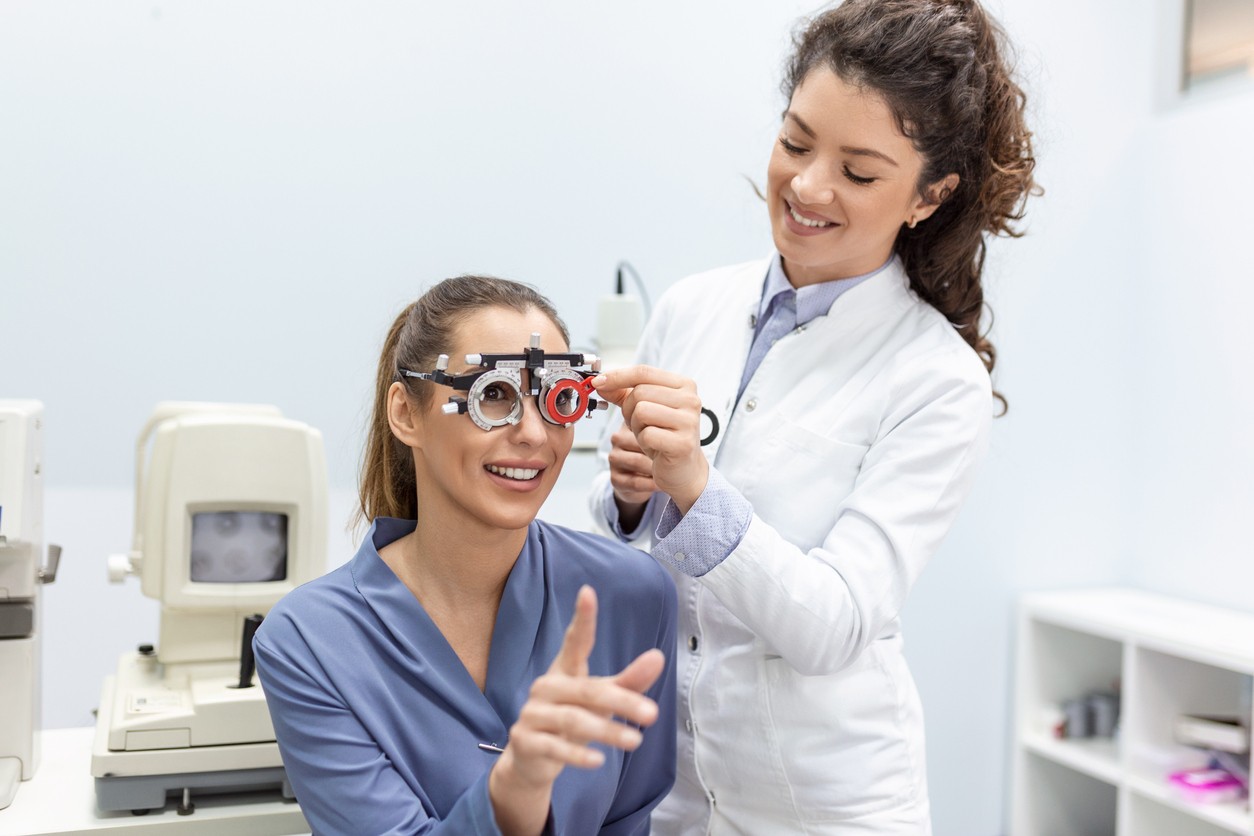
Routine eye care is a yearly exam for the purpose of performing screenings for eye disease such as glaucoma, vision checks, or updating vision prescriptions. These exams check for sight problems such as nearsightedness and farsightedness as well as astigmatism.
What Does Routine Eye Care Involve?
A routine exam consists of general tests such as:
- General Vision Exams – This type of exam is a series of screenings to check vision and provide correction if needed. The doctor will use lights, charts, and other instruments to check vision and provide a prescription for contact lenses or glasses if needed.
- Annual Exams – This type of exam is more comprehensive than a general vision exam. This exam checks the overall health of the eye. This will include a test for glaucoma and pupil dilation as well as a check to see if your eyes work equally or if there is any eye disease in early forms.
- Routine, Preventive Eye Care – Preventative eye care done on a regular basis helps doctors diagnose eye problems early and provide care before the situation gets worse. Wearing sunglasses and protective eyewear along with routine eye exams help to prevent damage.
What Does the Difference Mean for Insurance Coverage?
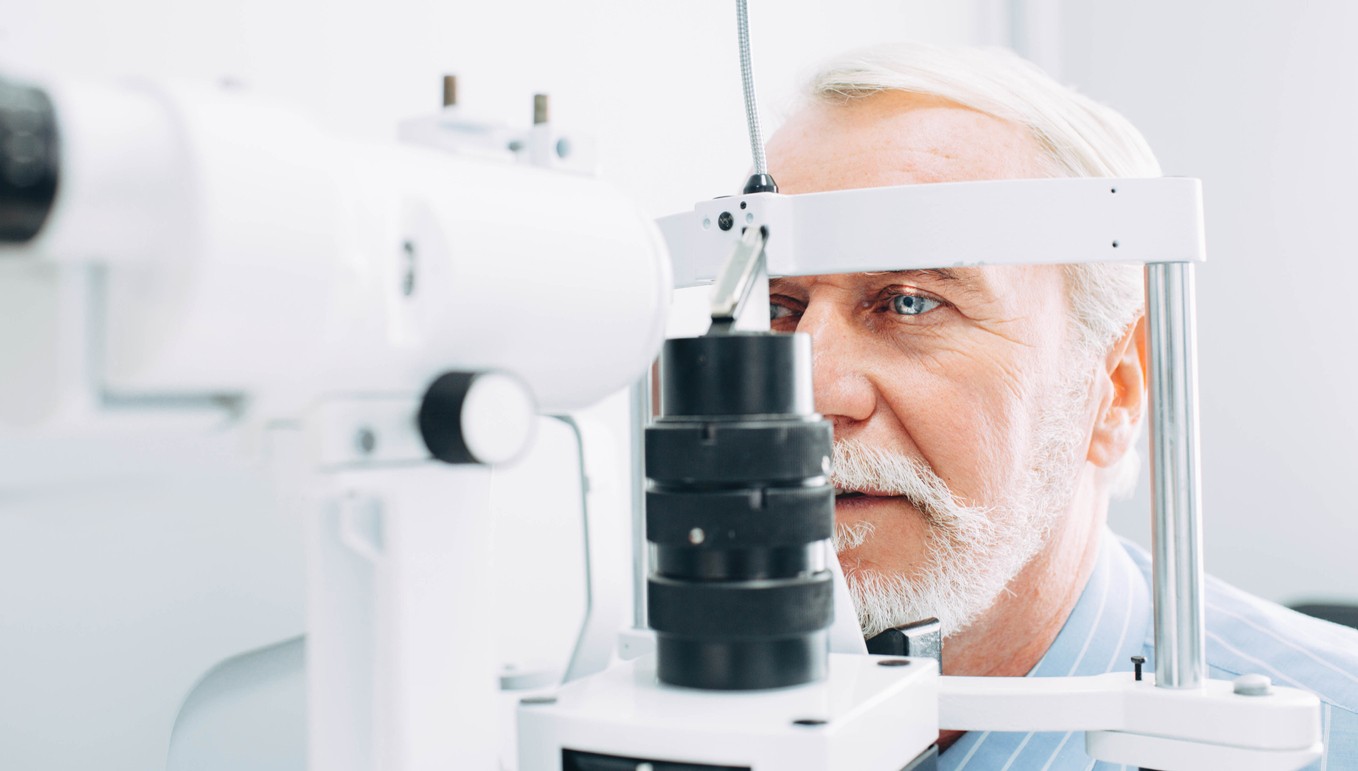
Depending on your medical insurance, your medical eye exam, as well as vision care, may be covered. It is important to be aware of what medical insurance covers when it comes to eye conditions as well as what vision insurance will take care of. If you have a separate vision plan, it’s worthwhile to review it with your agent or one of our knowledgeable staff members.
Vision insurance is generally needed apart from medical insurance for coverage such as:
- Regular eye exams
- Vision screening
- Corrective lenses
- Routine eye care
- Visual acuity, or change in vision
Medical insurance generally covers eye problems that are only considered medical such as:
- Comprehensive eye exams
- Eye health problems like infections
- Macular degeneration
- ER visits due to loss of sight from a medical condition
- Eye conditions such as dry eye
The eye is a very intricate organ that can be vulnerable to many internal and external conditions and situations. Medical and routine eye exams are a necessary and important part of the body’s overall health. The eyes can be an indicator of other health problems occurring in the body. Routine and medical exams provide important information that can potentially lead to a diagnosis otherwise missed in other types of medical exams.
Contact us today to schedule an eye exam for routine or medical purposes!
[DISPLAY_ULTIMATE_SOCIAL_ICONS]







